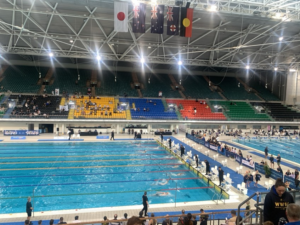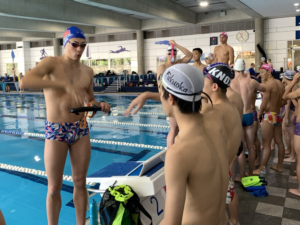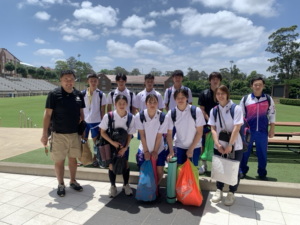Shamrock: Bringing chicken to the table and hope to the countryside
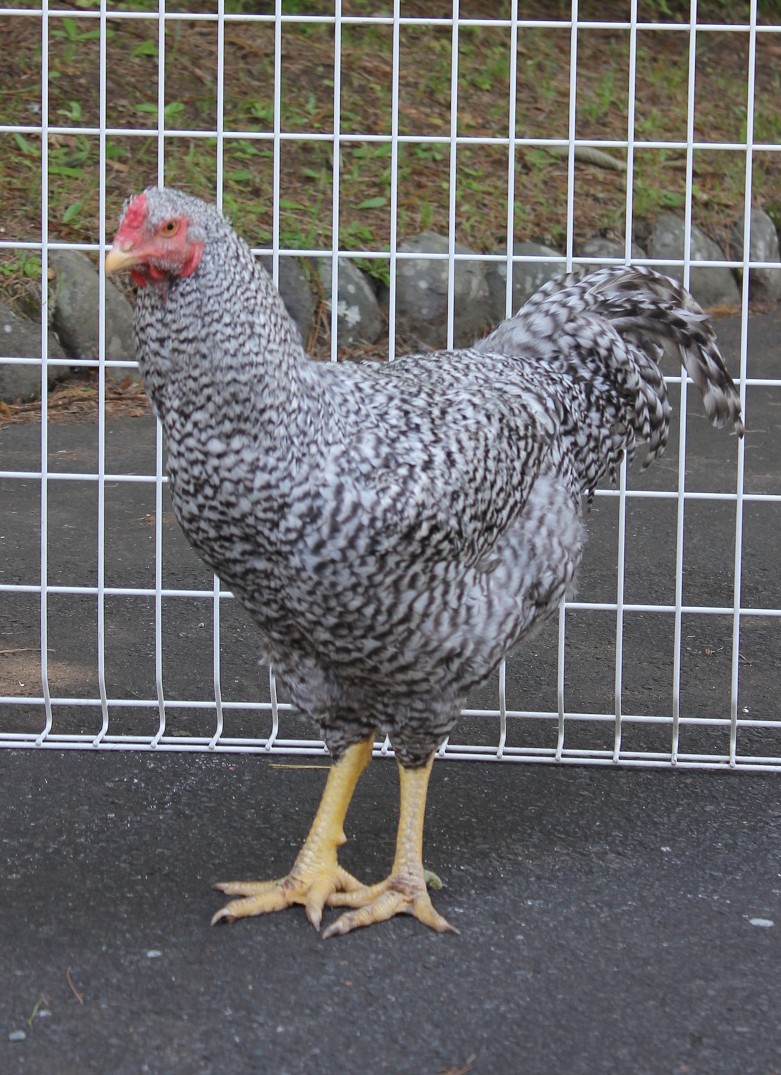 Pull up a list of restaurants in Sydney or Melbourne on your phone, and you’d be hard pressed to thumb-scroll through more than a few inches without landing on something either from Japan, or inspired by Japan. So much so has Japanese cuisine muscled its way into the market in the last couple of decades, that residents of the country who travel overseas are actually surprised to be able to so frequently indulge in the familiar flavours and fragrances of their homeland. But when Westerners talk about Japanese food, we tend to fall into a rigid pattern of thought as to what it consists of. Most people who have not been to Japan will nod their heads in unquestionable faith that sushi and sashimi are the cornerstones of a typical Japanese diet. “But what do they eat when they don’t eat sushi?” – A fair question, to which the answer is most likely ramen, tempura or wagyu beef. What about free-range chicken, though? Did it make your list? Well, you might be surprised to find out, that there’s a small town in Japan’s frozen North that is working hard to make free-range Japanese chicken part of your image of the country’s many culinary delights.
Pull up a list of restaurants in Sydney or Melbourne on your phone, and you’d be hard pressed to thumb-scroll through more than a few inches without landing on something either from Japan, or inspired by Japan. So much so has Japanese cuisine muscled its way into the market in the last couple of decades, that residents of the country who travel overseas are actually surprised to be able to so frequently indulge in the familiar flavours and fragrances of their homeland. But when Westerners talk about Japanese food, we tend to fall into a rigid pattern of thought as to what it consists of. Most people who have not been to Japan will nod their heads in unquestionable faith that sushi and sashimi are the cornerstones of a typical Japanese diet. “But what do they eat when they don’t eat sushi?” – A fair question, to which the answer is most likely ramen, tempura or wagyu beef. What about free-range chicken, though? Did it make your list? Well, you might be surprised to find out, that there’s a small town in Japan’s frozen North that is working hard to make free-range Japanese chicken part of your image of the country’s many culinary delights.
Whilst the reality of a stock-standard Japanese diet may shock restaurant-goers with its military ration style simplicity and efficiency, most will agree that the Japanese have a remarkable talent for doing quite a lot, with very little to work with. The entire concept of sashimi hinges upon your ability to appreciate the subtlety in taste and texture of what is essentially a cold, unadorned chunk of uncooked fish meat. In the same fashion, the small town of Rokunohe, located in Honshu’s northernmost prefecture of Aomori, is hard at work to infuse their unique brand of Shamrock free range chicken with umami before it even comes anywhere close to your plate.
The word Shamrock is equal parts portmanteau and pun and has nothing to do with Ireland, whatsoever. ‘Shamo’, is a broad term used to refer to gamefowl in Japan, and is a Japanese-language corruption of the old name for Thailand (Siam), where the birds were originally sourced. The tail end of the word in Japanese is ‘rokku’, i.e ‘rock’, which refers to America’s Plymouth Rock breed of chickens. These two strains of bird-DNA are bred together in Rokunohe to create the ‘Premium Shamrock Number 6’ brand of Aomori free range chicken, which boasts a texture and flavour that reflects its superior parentage.
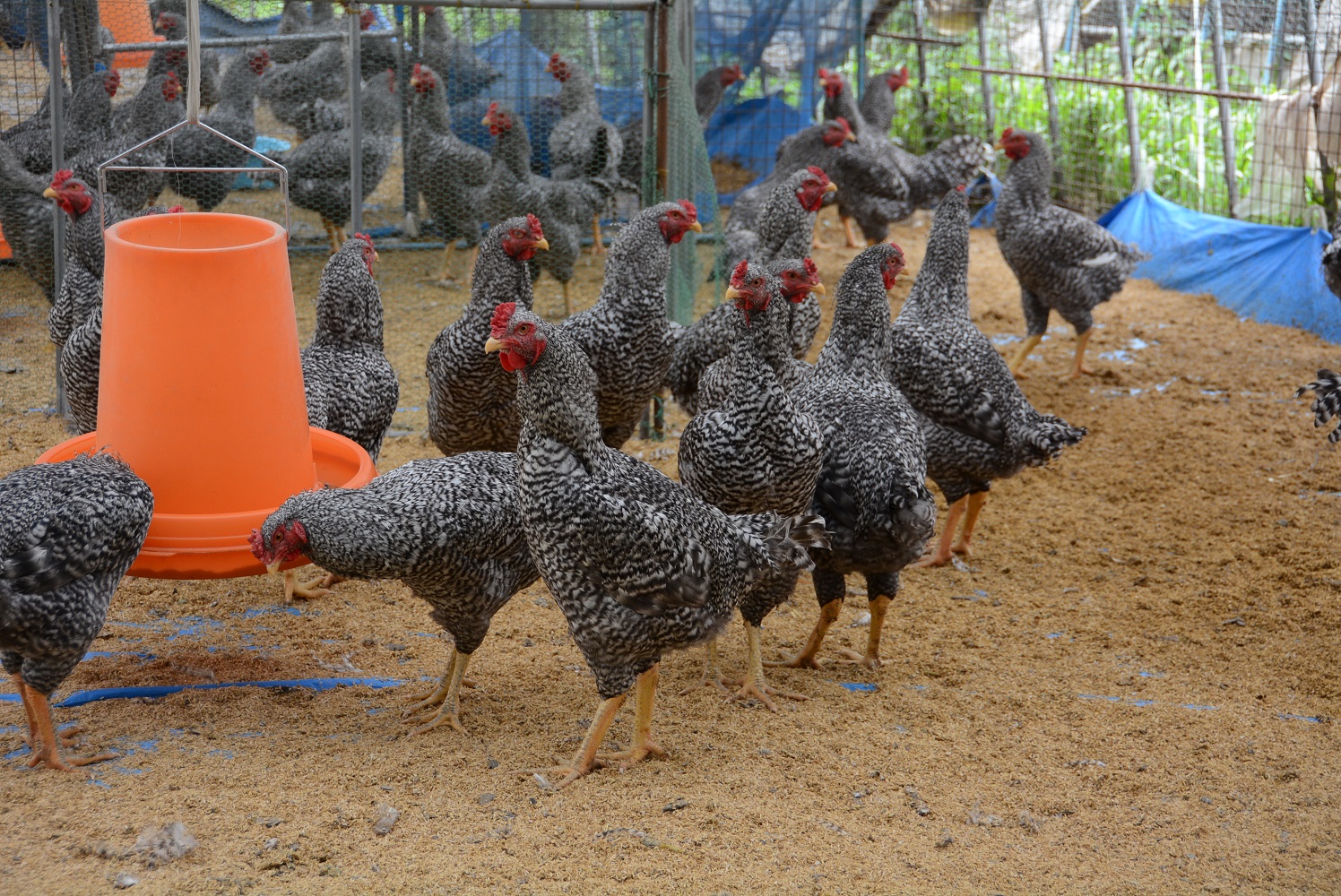 As is the case with the world-famous wagyu beef, a great deal of care is taken with the cultivation of Shamrock birds. Each chicken is fed a steady diet of protein-enriched grain which is enhanced with garlic flavouring. As a result, the glutamic acid levels of Shamrock birds are 1.6 times higher than average, with linolenic acid levels at 2.6 times the average. What does this mean in layman’s terms? It means that the meat is far more tender and tastier than your average store-bought chook. Additionally, Shamrock birds raised in areas almost twice as large as standard fowl, for a longer time and without any antibiotic-laced feed whatsoever. However, its flavour and potential as a delicious source of protein are only half the story of why Aomori Shamrock is so important to the area. At a time when Japan is suffering with the problems of urbanisation and struggling to revitalize its quickly waning rural districts, Shamrock brand chicken represents a valuable opportunity for rural Aomori and Rokunohe to put themselves on the map of Japan and on the radar of tourists. I work at the town hall here in Rokunohe, and as part of that job I travelled with a crack-team of Shamrock chicken masters to the Tohoku Revival Fair held in Tokyo, where I felt a bit like I was at the Sydney Royal Easter Show as I doled out rotisserie-cooked garlic chicken to passers-by. Additionally, my former boss at the town hall also joined the Shamrock team after he retired, so for the local townspeople it’s a brand that everyone can really identify with on a personal level. The family and friendship ties that bind Shamrock together as a brand, are specifically why it’s so special – because they are symbolic of the sort of warm, rural community that was and is a reality for so many Japanese people, regardless of where they might live today. There truly is nothing like a warm chicken dinner to nourish the heart and mind and remind one of home.
As is the case with the world-famous wagyu beef, a great deal of care is taken with the cultivation of Shamrock birds. Each chicken is fed a steady diet of protein-enriched grain which is enhanced with garlic flavouring. As a result, the glutamic acid levels of Shamrock birds are 1.6 times higher than average, with linolenic acid levels at 2.6 times the average. What does this mean in layman’s terms? It means that the meat is far more tender and tastier than your average store-bought chook. Additionally, Shamrock birds raised in areas almost twice as large as standard fowl, for a longer time and without any antibiotic-laced feed whatsoever. However, its flavour and potential as a delicious source of protein are only half the story of why Aomori Shamrock is so important to the area. At a time when Japan is suffering with the problems of urbanisation and struggling to revitalize its quickly waning rural districts, Shamrock brand chicken represents a valuable opportunity for rural Aomori and Rokunohe to put themselves on the map of Japan and on the radar of tourists. I work at the town hall here in Rokunohe, and as part of that job I travelled with a crack-team of Shamrock chicken masters to the Tohoku Revival Fair held in Tokyo, where I felt a bit like I was at the Sydney Royal Easter Show as I doled out rotisserie-cooked garlic chicken to passers-by. Additionally, my former boss at the town hall also joined the Shamrock team after he retired, so for the local townspeople it’s a brand that everyone can really identify with on a personal level. The family and friendship ties that bind Shamrock together as a brand, are specifically why it’s so special – because they are symbolic of the sort of warm, rural community that was and is a reality for so many Japanese people, regardless of where they might live today. There truly is nothing like a warm chicken dinner to nourish the heart and mind and remind one of home.

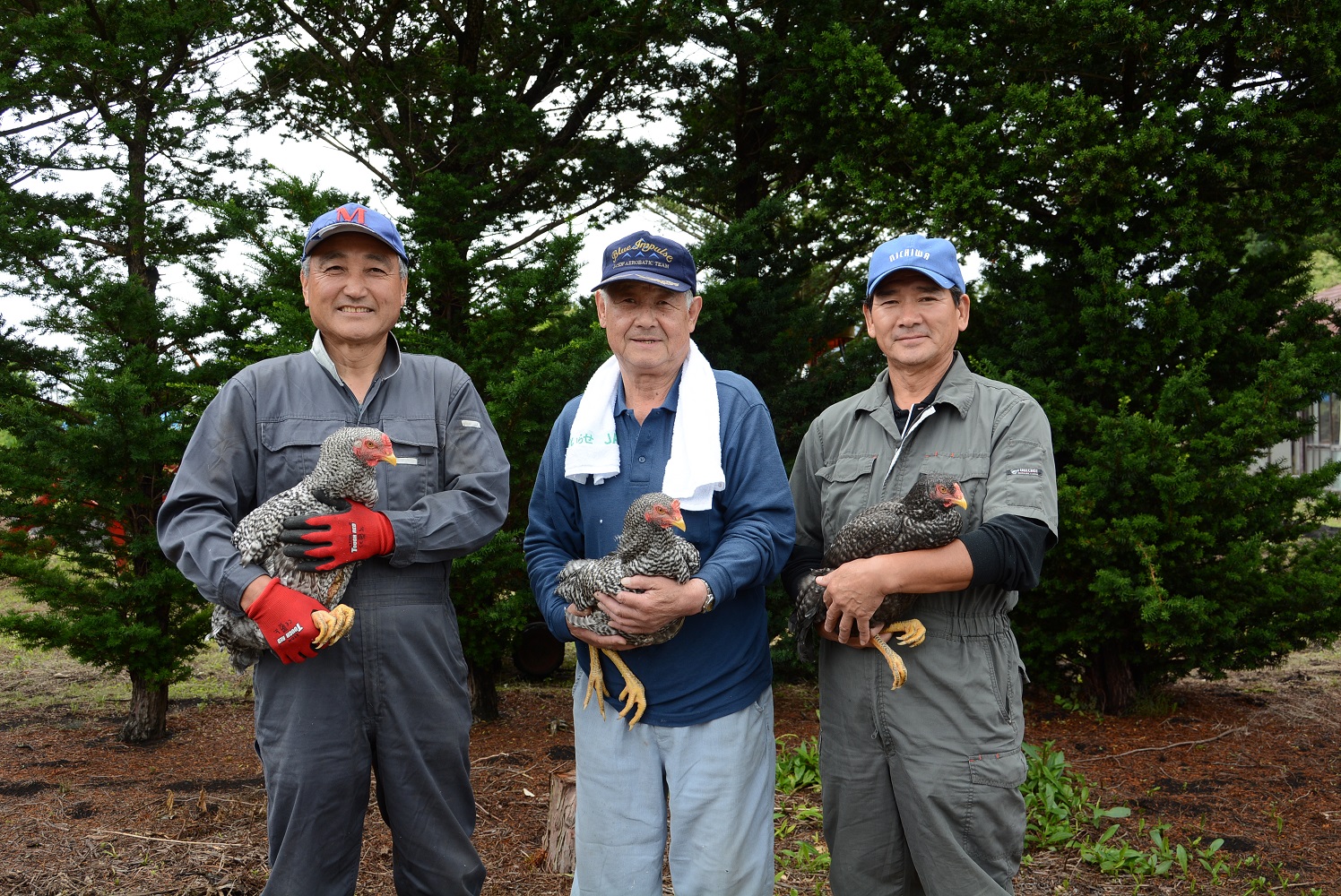
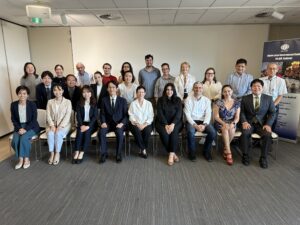
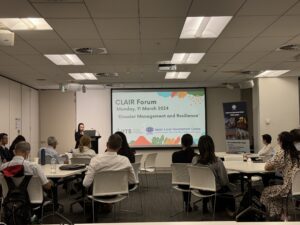
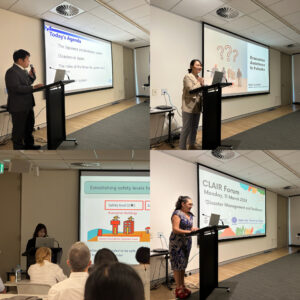
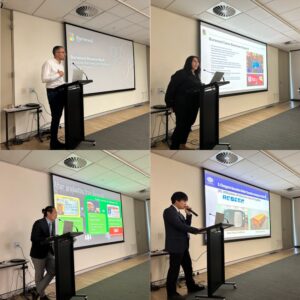
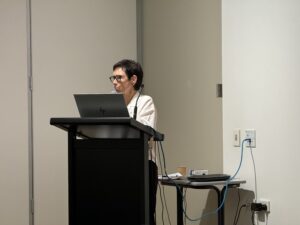
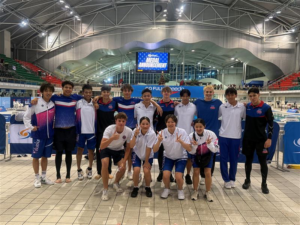 From the 3rd to the 13th of December, eight selected swimmers from the Fukuoka Swimming Association visited NSW, where they participated in joint training sessions with a local school and competed in the 2024-25 Speedo NSW Senior State Age Championships.
From the 3rd to the 13th of December, eight selected swimmers from the Fukuoka Swimming Association visited NSW, where they participated in joint training sessions with a local school and competed in the 2024-25 Speedo NSW Senior State Age Championships.